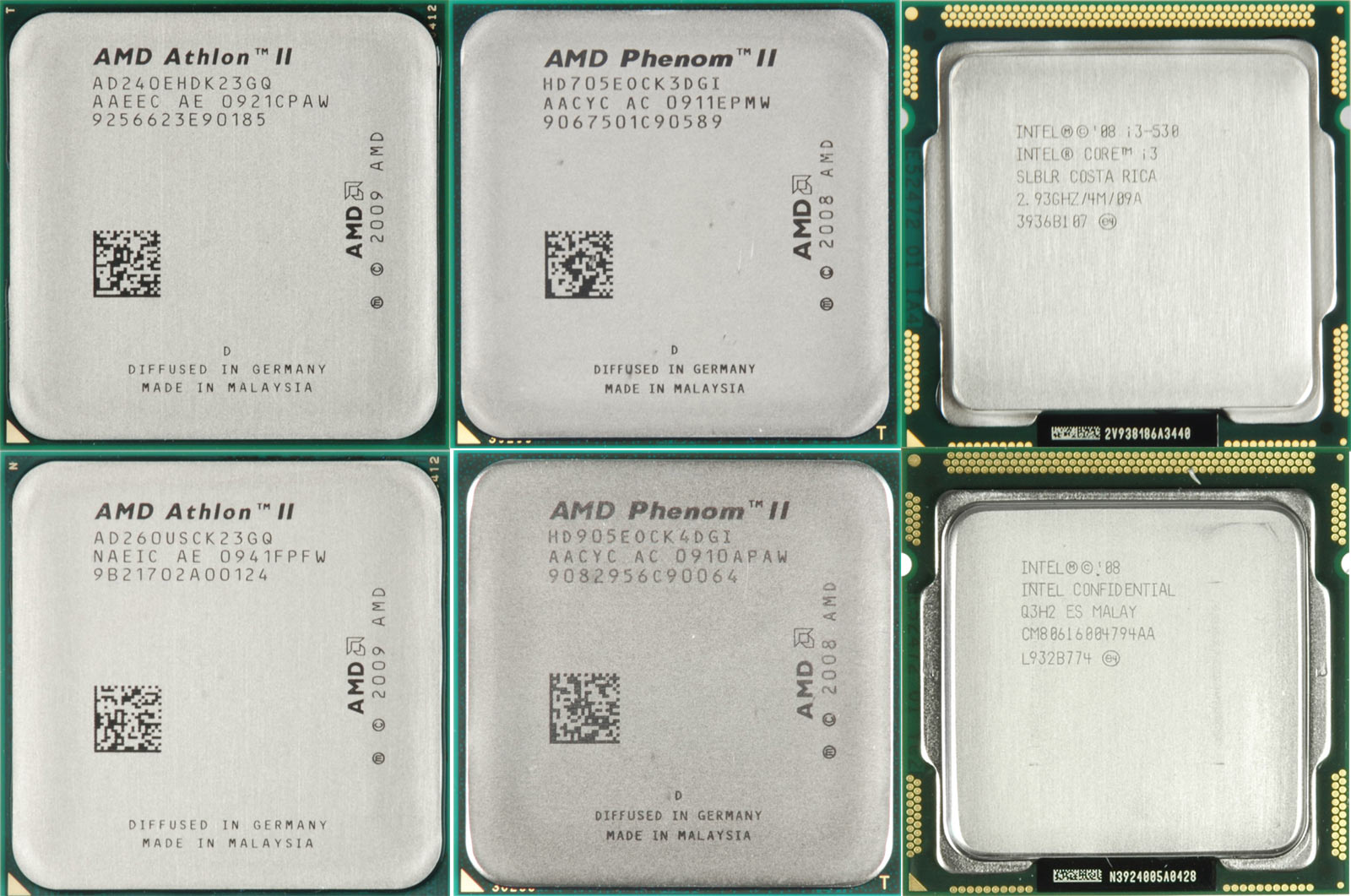785G And H55: Two Powerful Mini-ITX-Based Desktop Solutions
When it's time to look into small form factor machines, do you pick AMD or Intel? With an increasing number of motherboard companies offering Mini-ITX platforms with powerful desktop performance in a diminutive footprint, we compared two modern options.
Can Downsized Mini-ITX Platforms Do The Job?
Downsizing is a key trend across a lot of industries recently. When you get small, you often save energy and resources (at least, that's the idea). But that's not always the case with PC platforms, since power consumption has little to do with size and form factor.
On the bright side, at least small computers can be quite attractive, so long as they deliver the performance and features we expect.
The Mini-ITX (Integrated Technology Extended) form factor has been around for many years. Initially driven by VIA, it has outgrown its low-cost, small form factor origins and has become an industry standard for SFF computing, regardless of specific sub-segments. Sporting a footprint of only 170x170 mm, Mini-ITX is 61% smaller than full ATX, less than half the size of microATX, and even one-third smaller than FlexATX.
Early Mini-ITX solutions were typically equipped with low-end hardware, such as VIA’s Eden processor. Recently, Mini-ITX has become popular for Atom-powered nettop PC solutions. However, motherboard manufacturers have discovered this form factor as an attractive option for enthusiasts that don’t insist on products being fully equipped so much as blending performance, features, and small dimensions. Arriving at a LAN party with an SFF Mini-ITX PC capable of outperforming most big towers is pretty freaking sweet.
We used an AMD and an Intel platform to look at what state-of-the-art Mini-ITX solutions can do today. The AMD machine is based on a Sapphire-based motherboard sporting AMD's 785G chipset. Our Intel candidate utilizes a Zotac-based platform with Intel's H55 chipset. In both cases, we tried various processors to cover different price points and performance segments. Who came out on top?
Get Tom's Hardware's best news and in-depth reviews, straight to your inbox.
Current page: Can Downsized Mini-ITX Platforms Do The Job?
Next Page AMD Platform: Sapphire IPC-AM3DD785G (AMD 785G)